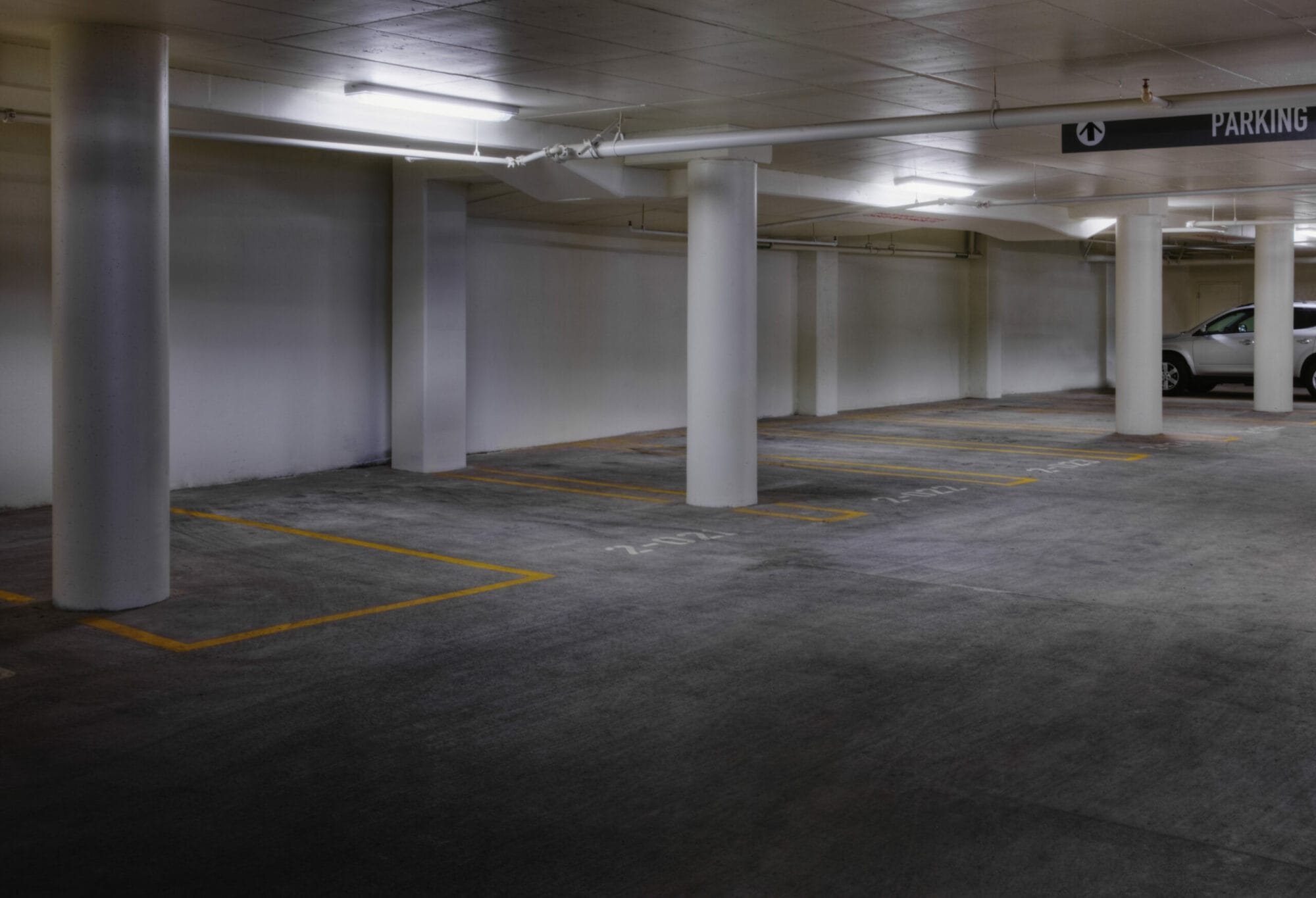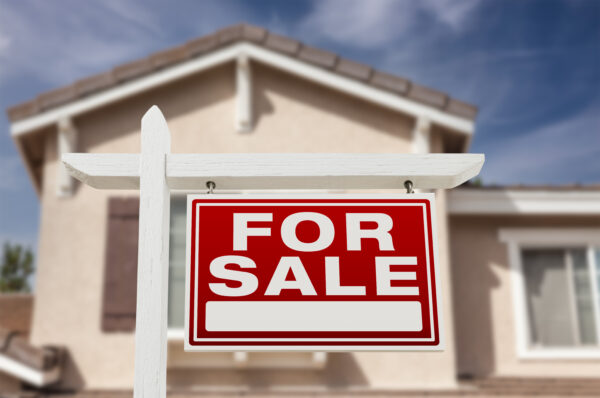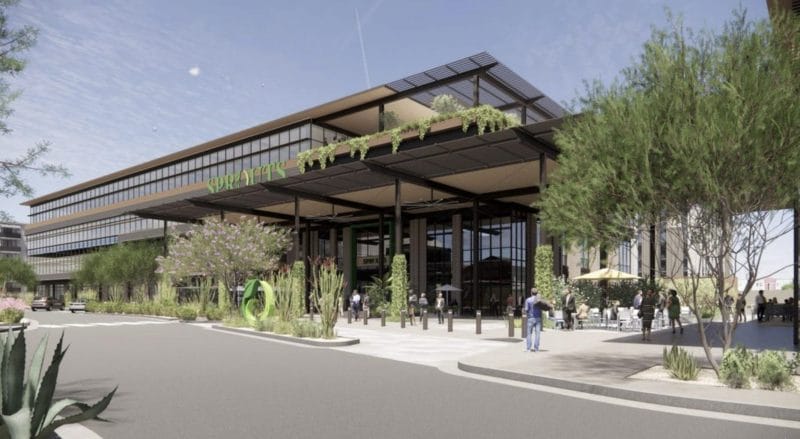By Wes Guckert | Pinal Central
Turn on the TV news, check social media or go old school and pick up a newspaper, and you’re likely to find a story about the housing crisis in America. Increasingly, young people are giving up on the dream of home ownership, as median prices for housing in the U.S. rise to six times the median income—up from four times the median income just two decades ago.
The lack of affordable housing has not only made the dream of home ownership difficult for many American families, but it has also played a crucial role in the rising level of homelessness throughout the country. More than 250,000 Americans were living in temporary shelters or on the streets in 2023, according to estimates by the U.S. Department of Housing and Urban Development. And while the causes of homelessness are complex, most experts agree that a housing supply shortage is a key factor.
While numerous solutions have been proposed to counter the problem—from expanding tax credits for lower-income housing to embracing higher density through increased apartment development—there is one option that deserves serious consideration: converting unused or underused parking garages and lots into housing units.









